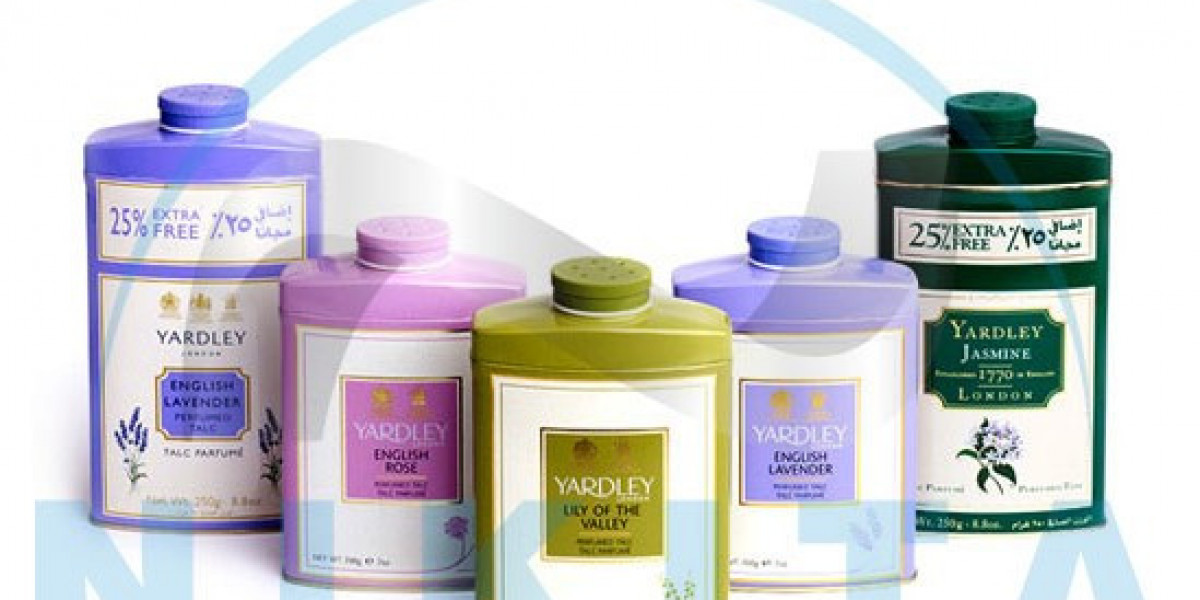Introduction
In the beauty industry, packaging has evolved far beyond protecting products. Today, it is a vital communication tool, an extension of brand identity, and a bridge between physical products and the digital world. Cosmetics Tin Containers already offer durability, eco-friendliness, and premium appeal. Adding QR codes and smart labels transforms them into interactive, information-rich experiences for consumers, creating a deeper level of engagement and trust.
Businesses are now embracing these technologies to enhance customer loyalty, provide product transparency, and stand out in a competitive marketplace. Integrating QR codes and smart labels into tin packaging is not simply a design choice; it is a strategic decision that aligns with sustainability goals and evolving consumer expectations.
Why QR Codes and Smart Labels Matter in Cosmetics Tin Containers
QR codes and smart labels are more than trendy tech additions. They serve multiple purposes that benefit both brands and consumers. For beauty products stored in tin packaging, these features complement the premium look while offering functional value.
Product authentication – Scannable codes assure customers that the product is genuine and tamper-free.
Ingredient transparency – Direct links to digital ingredient lists and certifications build consumer trust.
Sustainability messaging – Share recycling instructions or your brand’s environmental commitments.
Interactive experiences – Give access to skincare tutorials, brand stories, or loyalty programmes.
Supply chain tracking – Monitor product distribution and prevent counterfeiting.
Steps to Integrate QR Codes and Smart Labels into Tin Packaging
1. Define Your Goals
Before printing QR codes on Cosmetics Tin Containers, decide on the desired consumer interaction. Is it to share your brand story, provide regulatory information, or link to exclusive offers? Clear goals guide design and implementation.
2. Choose the Right Label Technology
There are different smart label options available:
Static QR codes – Best for fixed content such as an ingredients page.
Dynamic QR codes – Allow updates to linked content without changing the printed code.
NFC tags – Enable tap-based interactions via smartphones for richer engagement.
3. Design for Visibility and Aesthetics
The code or label must fit seamlessly into the packaging design without compromising its visual appeal. Collaborating with skilled tin packaging manufacturers ensures codes are integrated attractively without affecting branding.
4. Ensure Durability and Print Quality
Tin packaging endures handling, storage, and transport, so printing techniques must preserve scannability. High-quality printing or laser etching works best to withstand moisture, light exposure, and surface wear.
5. Test Across Devices
Before mass production, test the QR code or smart label across multiple devices, lighting conditions, and scanning apps to ensure a flawless consumer experience.
Best Practices for Brands
Educate Consumers – Tell customers how and why to scan the code.
Link to Mobile-Friendly Content – Many scans happen on smartphones, so ensure the linked content loads quickly.
Protect Consumer Privacy – Clearly state how collected data is used.
Monitor and Improve – Use analytics from QR code scans to understand consumer behaviour and refine campaigns.
Benefits for FMCG and Cosmetic Brands
Integrating QR codes and smart labels in Cosmetics Tin Containers delivers benefits that extend beyond aesthetics.
Improved Shelf Appeal – A modern, tech-enabled design signals innovation.
Enhanced Consumer Trust – Offering authenticity verification builds confidence.
Regulatory Compliance – Easy access to required product safety and ingredient information.
Sustainable Storytelling – Show your environmental commitment through engaging content.
These benefits contribute to stronger brand identity and lasting customer relationships.
Examples of QR Code Applications in Cosmetic Packaging
A premium skincare brand linking its tin container code to a personalised skincare quiz.
A cosmetics line using smart labels to track carbon footprint for each product.
A lipstick brand linking QR codes to virtual try-on tools for colour matching.
Such creative uses not only inform customers but also encourage brand interaction beyond the purchase.
Challenges and How to Overcome Them
Overcrowded Design – Keep the layout balanced by integrating codes subtly but accessibly.
Consumer Awareness – Include clear calls to action such as “Scan to Discover More.”
Technical Glitches – Always test print quality, resolution, and scanning functionality before release.
Working with experienced tin packaging specialists ensures these hurdles are addressed effectively.
Sustainability and Smart Packaging
Combining the recyclability of tin with smart labelling creates packaging that is both eco-conscious and technologically advanced. Brands can embed digital recycling instructions and encourage consumers to participate in return or reuse programmes. This supports global efforts to reduce waste while maintaining premium product presentation.
Conclusion
Integrating QR codes and smart labels into Cosmetics Tin Containers blends traditional packaging quality with modern technology. It empowers brands to share their stories, provide transparency, and foster deeper consumer connections. The approach not only enhances the visual and tactile qualities of the packaging but also adds an interactive, digital layer that reflects forward-thinking values.
Nikita Containers, founded in 1993 in Umbergaon, Gujarat, has grown from a small aluminium tube manufacturer to a global supplier of high-quality metal containers, catering to diverse industries including food, confectionery, cosmetics, and custom packaging. With eco-friendly, recyclable tin plate solutions offering durability, safety, and premium appeal, the company continues to uphold its mission of delivering excellence, trust, and innovation while contributing to sustainable packaging worldwide.
FAQ
Q1: Can QR codes be printed directly onto tin containers?
Yes, QR codes can be printed directly using specialised ink or laser etching that ensures durability and scannability.
Q2: How do smart labels enhance cosmetic packaging?
Smart labels provide interactive features like authenticity checks, product information, and loyalty rewards.
Q3: Are QR codes suitable for all cosmetic products?
Yes, they can be integrated across skincare, makeup, and fragrance packaging with proper design adjustments.
Q4: Do QR codes affect the recyclability of tin containers?
No, printing QR codes or adding small labels does not impact the recyclability of tin plate packaging.
Q5: How can brands measure QR code success?
Brands can track scans, location data, and engagement metrics through analytics provided by dynamic QR code platforms.








